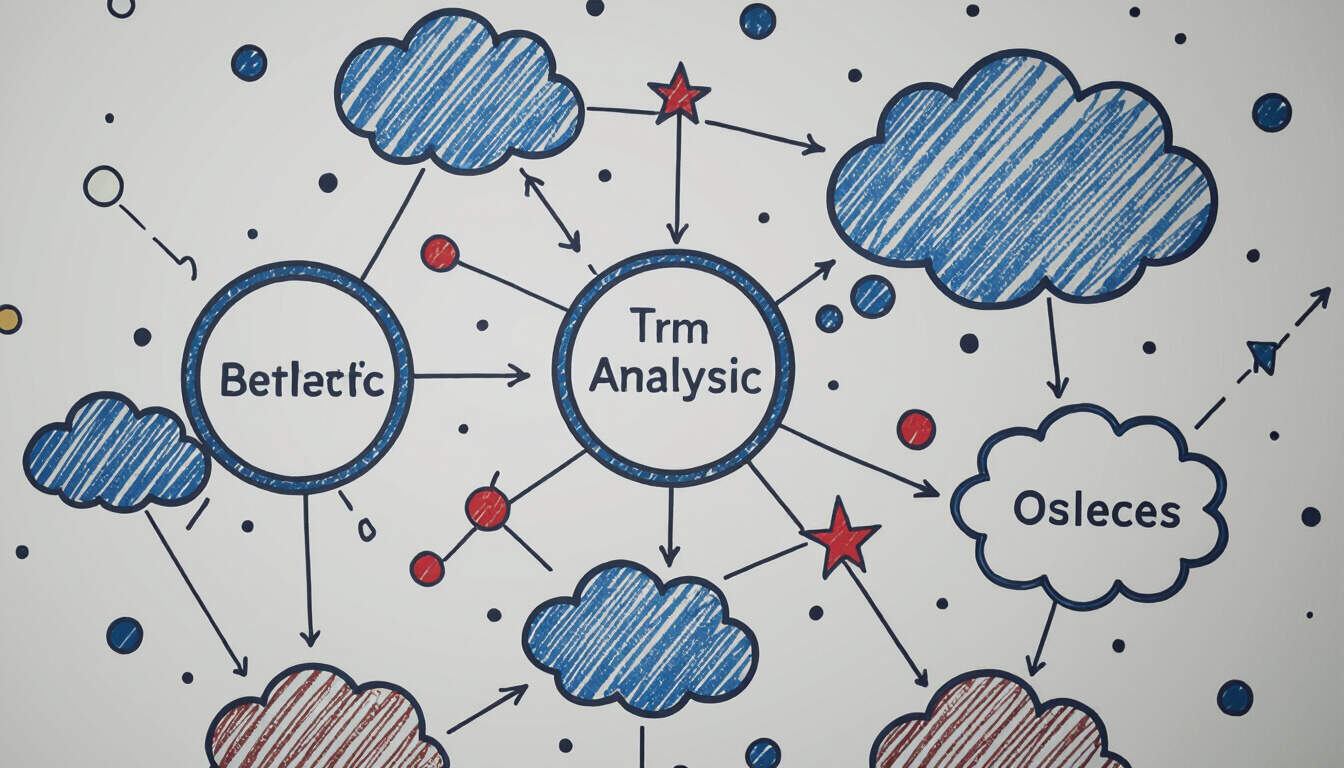Extending the Scientific Method with Second-Order Thinking and Feedback Loops
 by Shanie Goodwin
by Shanie Goodwin
Explore how second-order thinking and feedback loops can enhance the scientific method, offering deeper insights into cognitive processes and systems thinking for professionals and students alike. This approach fosters better decision-making and personal growth through iterative analysis.

The scientific method has long served as a foundation for inquiry and discovery. It involves observation, hypothesis formation, experimentation, and conclusion drawing. By integrating second-order thinking, we can go beyond initial outcomes to examine the broader implications of results.
Feedback loops play a crucial role in this extension. These are processes where the output of a system influences its own input, creating cycles that can either amplify or dampen effects. In the context of the scientific method, feedback loops allow for continuous refinement of hypotheses based on new data.
Consider how this works in practice. A researcher tests a hypothesis and observes results. With second-order thinking, they then analyze the potential long-term effects of those results on related systems. For instance, in environmental studies, understanding feedback loops helps predict how changes in one ecosystem element might affect others over time.
In cognitive processes, second-order thinking encourages individuals to question assumptions more deeply. This means evaluating not just what works, but why it works and what unintended consequences might arise. Professionals in fields like psychology or business can apply this to decision-making, ensuring strategies account for dynamic interactions.
Feedback loops are evident in many natural and human systems. In personal development, for example, positive feedback loops can build habits that lead to sustained improvement. A student who studies consistently might see grades improve, which in turn motivates further effort, creating a cycle of growth.
The Role in Systems Thinking
Systems thinking involves viewing problems as parts of an interconnected whole. When extending the scientific method, feedback loops highlight how elements within a system interact. This perspective is valuable for students learning about complex phenomena, such as climate patterns or economic trends.
By incorporating second-order thinking, one can anticipate secondary effects. For example, introducing a new policy might solve an immediate issue but create new challenges elsewhere. This analytical approach aids professionals in fields like engineering or healthcare, where oversight could lead to significant repercussions.
To illustrate, imagine a medical trial for a new drug. The initial tests show success, but examining feedback loops reveals potential side effects that emerge over time. Second-order thinking prompts researchers to consider these delayed impacts, leading to safer innovations.
Applications in Personal Development
For curious individuals, extending the scientific method offers tools for self-improvement. Feedback loops can be used to track progress in goals, such as fitness or skill acquisition. Regular self-assessment creates a mechanism for adjustment, turning setbacks into opportunities.
Second-order thinking enhances this by encouraging reflection on the outcomes of actions. Someone aiming to build better relationships might analyze how their communication style affects interactions, then adjust based on observed patterns. This method promotes a more thoughtful approach to life choices.
In education, students can apply these concepts to learning strategies. By recognizing feedback loops in their study routines, they can identify what enhances retention and build effective habits. This not only improves academic performance but also fosters lifelong learning skills.
Benefits for Various Audiences
Professionals benefit from these extensions by gaining a more comprehensive view of challenges. In project management, for instance, feedback loops help monitor progress and adapt plans dynamically. This reduces risks and improves outcomes in competitive environments.
Students find value in applying second-order thinking to academic work, encouraging critical analysis of theories and data. It transforms rote learning into an engaging process of exploration and discovery.
For those interested in cognitive processes, these tools sharpen mental frameworks. They promote a mindset that values depth over surface-level solutions, leading to more innovative ideas.
Practical Implementation
To implement these extensions, start with simple exercises. Observe a daily routine and map out potential feedback loops. Then, apply second-order thinking to predict secondary effects. Over time, this practice can become second nature, enhancing overall analytical abilities.
In collaborative settings, teams can use feedback loops to refine ideas collectively. This shared approach builds stronger solutions and encourages diverse perspectives.
Ultimately, by weaving second-order thinking and feedback loops into the scientific method, we create a more adaptive framework. This not only advances knowledge in various fields but also supports personal and professional growth through informed, iterative processes.
